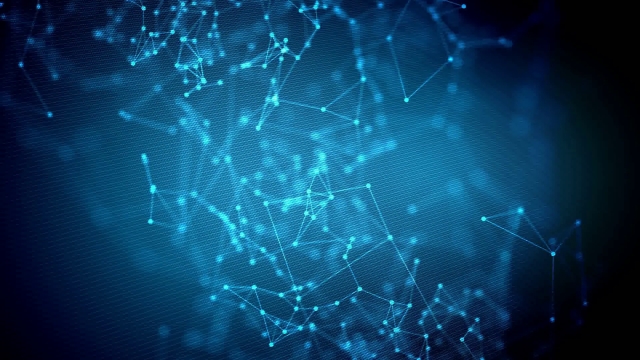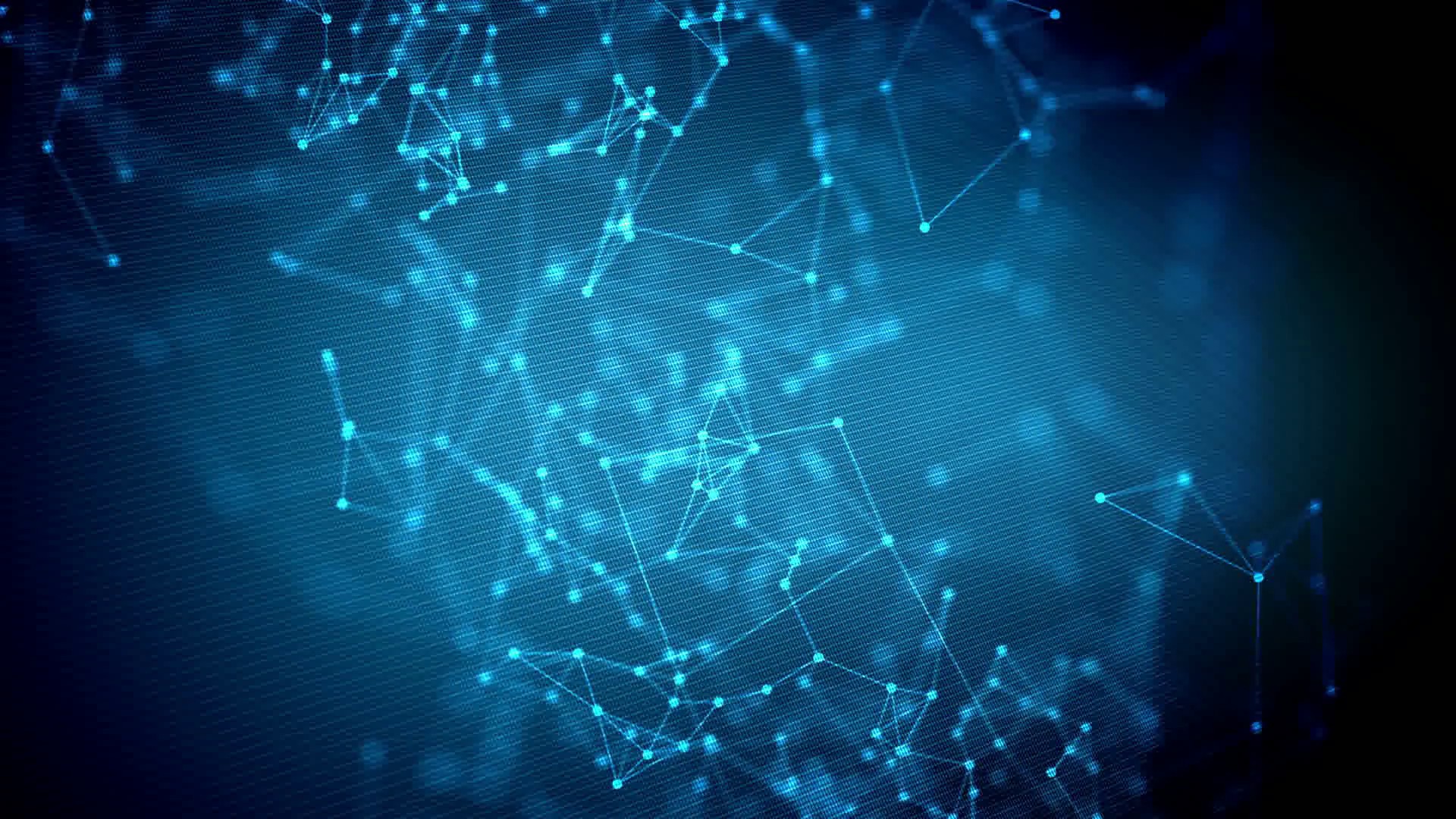
Unmasking Deepfake: The Digital Deception Revolution
- by Jose Bryant

Unmasking Deepfake: The Digital Deception Revolution
In an era dominated by technological advancements, it seems that we have reached a point where deception can no longer be easily distinguished from reality. Welcome to the world of deepfake technology, a powerful tool that has emerged as both fascinating and concerning. With its ability to manipulate videos and images, it has triggered widespread discussions about truth, authenticity, and the potential consequences it holds for society.
Deepfake technology, at its core, involves the use of artificial intelligence algorithms to superimpose one person’s face onto another person’s body convincingly. This advanced manipulation of visuals has been made possible by the tremendous strides made in machine learning and computer vision. Whether it’s altering the facial expressions of an individual, mimicking their voice, or creating entirely fictional scenarios, deepfake technology has the capacity to warp reality in ways we never thought possible.
While the concept of manipulating images or videos is not entirely new, deepfake technology takes it to a whole new level. The intricate algorithms behind these manipulations have become increasingly sophisticated, allowing for greater accuracy and realism. As a result, the potential dangers associated with deepfakes have become a cause for concern. From political propaganda to false accusations or even the creation of fake news, the implications of this technology extend far beyond harmless amusement.
Intriguingly, deepfake technology has also presented itself as a valuable tool in various creative industries. Filmmakers can now seamlessly bring deceased actors back to the screen, enabling audiences to witness new performances from long-lost legends. However, this newfound power raises ethical questions about consent and the alteration of historical records. The boundaries between fact and fiction blur as we grapple with the implications of such technology.
As we delve deeper into the world of deepfakes, we must confront the challenges that arise from this digital deception revolution. How can we protect ourselves from falling victim to misinformation or exploitation? Are our current legal systems equipped to handle the repercussions of deepfake technology? These and many other questions beckon us to explore the multifaceted nature of this transformative innovation. Only through understanding and awareness can we navigate this brave new world and ensure that the power of deepfakes is harnessed responsibly, allowing truth to prevail over deception.
Understanding Deepfake Technology
Deepfake technology refers to the use of artificial intelligence (AI) algorithms to create highly realistic manipulated videos or images that can convincingly depict people saying or doing things that they never actually did. With the advancements in machine learning and deep neural networks, this technology has become increasingly sophisticated and accessible.
At the core of deepfake technology is the concept of generative adversarial networks (GANs). GANs consist of two components: a generator that creates the fake content and a discriminator that tries to distinguish between real and fake. Through an iterative process, both components continuously improve, resulting in the creation of incredibly realistic deepfakes.
One of the key challenges with deepfake technology is the potential misuse and ethical concerns surrounding its application. While it can be used for harmless entertainment purposes, such as creating viral videos or impersonating celebrities in movies, it also poses significant risks. Deepfakes have the potential to be weaponized for various malicious activities, including misinformation campaigns, fraud, and blackmail.
As the technology continues to evolve, it is crucial to develop robust detection methods to identify deepfakes and distinguish them from authentic content. Additionally, raising awareness about the existence and potential consequences of deepfakes is essential to empower individuals to critically evaluate the information they encounter online.
It is important to stay vigilant and informed about deepfake technology as it has the potential to disrupt our understanding of truth and reality, making it imperative for researchers, policymakers, and society as a whole to actively address its challenges and implications.
###The Impact of Deepfakes on Society
Deepfake technology has made significant strides in recent years, raising concerns about its potential impact on society. The ability to manipulate images and videos with astonishing accuracy has opened a Pandora’s box of ethical and societal challenges.
One of the most immediate consequences of deepfakes is the erosion of trust. With the rise of this technology, it becomes increasingly difficult to discern between real and fabricated content. This has serious implications for journalism, politics, and the justice system, as false information can be disseminated widely, leading to confusion, deception, and potential harm.
Moreover, deepfakes pose a substantial threat to personal privacy. In this digital age, where our lives are intertwined with online platforms, the manipulation of visual media can have devastating consequences for individuals. Photos and videos can be doctored to incriminate innocent people or to ruin reputations, causing irreparable damage to their personal and professional lives.
Furthermore, deepfakes have the potential to exacerbate existing societal divisions. In an era where fake news and misinformation are already rampant, the manipulation of visual content adds another layer of complexity. This technology can be exploited to further polarize communities, incite violence, and sow discord among different groups.
In conclusion, deepfakes have far-reaching implications for society as a whole. By eroding trust, compromising privacy, and amplifying social divisions, this technology presents formidable challenges that need to be addressed. As the use of deepfakes becomes more widespread, it is crucial for governments, tech companies, and individuals to work together to mitigate the negative consequences and protect the integrity of our digital society.
Combatting Deepfake Misinformation
In this section, we will explore effective approaches to combat the spread of deepfake misinformation. With the rise of this digital deception technology, it is essential for individuals and organizations to be equipped with strategies to detect and address such threats.
Enhanced Authentication Processes: Implementing robust authentication processes can significantly mitigate the impact of deepfake misinformation. By incorporating multiple layers of verification, such as biometric scans or two-factor authentication, we can ensure the integrity of digital content and minimize the chances of fraudulent manipulation.
Advanced Detection Algorithms: Developing sophisticated detection algorithms is crucial to identify deepfake content accurately. Utilizing machine learning techniques and artificial intelligence, researchers and tech companies can train algorithms to recognize patterns and anomalies commonly associated with deepfakes. The continuous improvement of these algorithms can aid in quickly identifying and flagging potential instances of deepfake misinformation.
Promoting Digital Literacy: Educating individuals on the existence and implications of deepfake technology is vital in combatting its misinformation. By increasing public awareness, people can develop a critical mindset, enabling them to recognize potential deepfakes and actively verify information before sharing or acting upon it. Organizations and educational institutions should play a proactive role in promoting digital literacy through seminars, workshops, and online resources.
https://faceswap.akool.com/
By combining these strategies, we can strive to eradicate the spread of deepfake misinformation. Embracing technology for both detection and prevention, as well as fostering a digitally literate society, will be key in unmasking the deceptive nature of deepfakes and maintaining a trustworthy digital environment.
Unmasking Deepfake: The Digital Deception Revolution In an era dominated by technological advancements, it seems that we have reached a point where deception can no longer be easily distinguished from reality. Welcome to the world of deepfake technology, a powerful tool that has emerged as both fascinating and concerning. With its ability to manipulate videos…